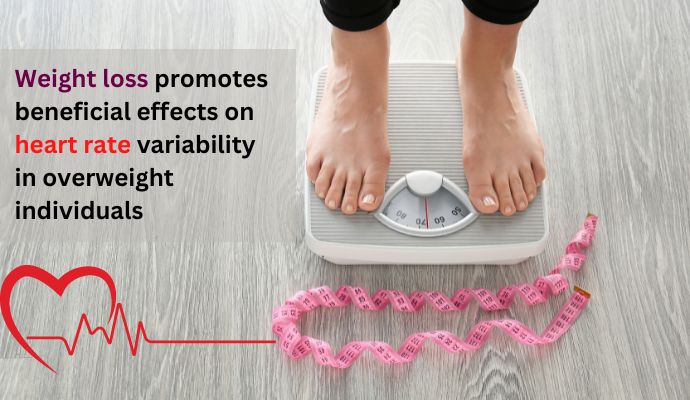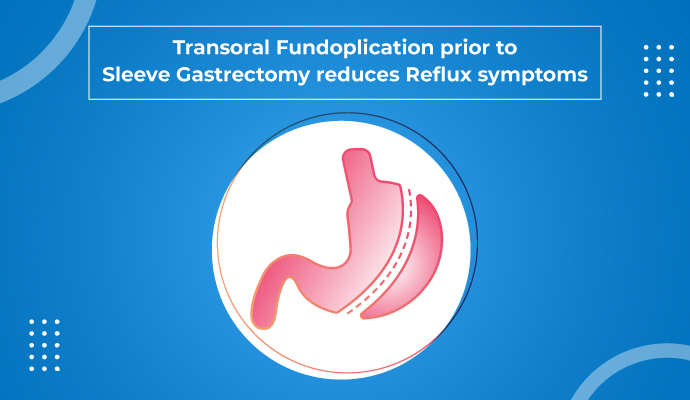
Sleep apnea and how it is associated with Obesity
Sleep apnea refers to a condition in which
58,976 total views, 99 views today
Home » Calorie Restriction with Rope-Skipping Exercise Helps Lose Weight in Overweight/Obese Students
Home » Calorie Restriction with Rope-Skipping Exercise Helps Lose Weight in Overweight/Obese Students

The findings of a recent study, published in the Chinese journal of Preventive Medicine, on overweight or obese college students who were having cardiometabolic risk factors indicate that caloric restriction alone and calorie restriction combined with rope-skipping exercise is beneficial to them.
This pilot randomized controlled trial included a total of 29 overweight or obese college students at Sun Yat-sen University in September 2019. The 11 males and 18 females were divided into four groups- caloric restriction group (CR), rope-skipping group (RS), combined group (CR-RS) and control group (CT).
After 8 weeks of intervention, body fat percentage and fat mass index increased in CR and CR-RS, compared with CT. Systolic blood pressure in CR and diastolic blood pressure in CR-RS were higher. Insulin levels, body weight, BMI, and fat mass index decreased in CR-RS from the baseline.
Thus, it was concluded that calorie restriction alone or in combination with rope-skipping exercise helps in weight loss in overweight or obese college students.
Reference:
Source: Wu M, Wang XT, Xu SH, Tang ZX, Li HL, Jing JJ, Tang WK, Chen XY, Lan RL, Zhu YN. [Effects of caloric restriction and rope-skipping exercise on cardiometabolic risk factors in overweight or obese college students]. Zhonghua Yu Fang Yi Xue Za Zhi. 2022 Sep 6;56(9):1272-1278. Chinese.
Source link:

Sleep apnea refers to a condition in which
58,976 total views, 99 views today

Since the beginning of 20th century, the overall
58,953 total views, 99 views today

New year is the time for new beginnings.
59,653 total views, 99 views today

Weight loss can be tricky business, as it
59,524 total views, 99 views today

According to a recent study, weight loss through
60,423 total views, 99 views today

According to a recent study, preoperative very low
60,424 total views, 99 views today

A recent study conducted on GERD (Gastroesophageal Reflux
60,428 total views, 99 views today

A recent study done to examine the long-term
59,306 total views, 95 views today

Overweight and obesity is a major health concern
29,575 total views, 63 views today

A recent study published in the Journal of
28,765 total views, 63 views today

The findings from a recent study, published in
29,006 total views, 63 views today

The findings of a recent study, published in
29,406 total views, 63 views today
